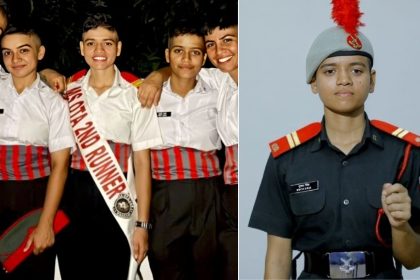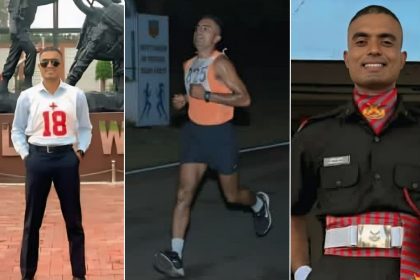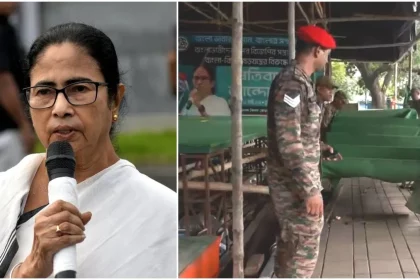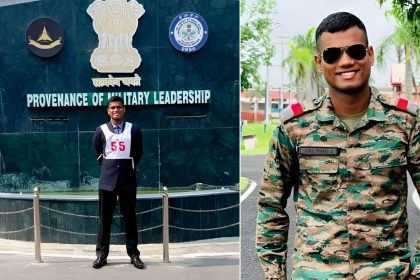From OTA Chennai to OTA Gaya: Meet Future Lieutenant Mukta Singh, First Woman Bronze Medallist at OTA Gaya
From Injury to Glory: How Mukta Singh Rewrote History at OTA Gaya.
Meet Future Lieutenant Sunil Kumar: From Jhunjhunu to Glory at OTA Chennai
From Rejections to Records: Sunil Kumar’s Inspiring Army Journey.
Meet Future Lieutenant Abhishek Sajwan: NCC Cadet Who Conquered Rejections to Join OTA Chennai
From Ultra-Marathons to Drill Squares: The Making of Lieutenant Abhishek Sajwan.
Army Mentorship Helps Arunachal Girl from Tibet Border Secure Sainik School Seat
Army Mentorship Transforms Arunachal’s Border Village Dreams as 12-Year-Old Girl Secures Sainik School Admission.
‘Army Insulted, Hurt’: Ex-Serviceman Moves Calcutta HC Seeking Nod for Dharna Against Mamata’s Remarks
Ex-Army Man Moves Calcutta HC Against Kolkata Police Ban on Protest Over Mamata Banerjee’s Army Remarks.
Meet Future Lieutenant Varaprasad: From Academic Excellence to Military Valor
Scholar to Soldier: Varaprasad’s Inspiring Leap from Academia to the Indian Army.






